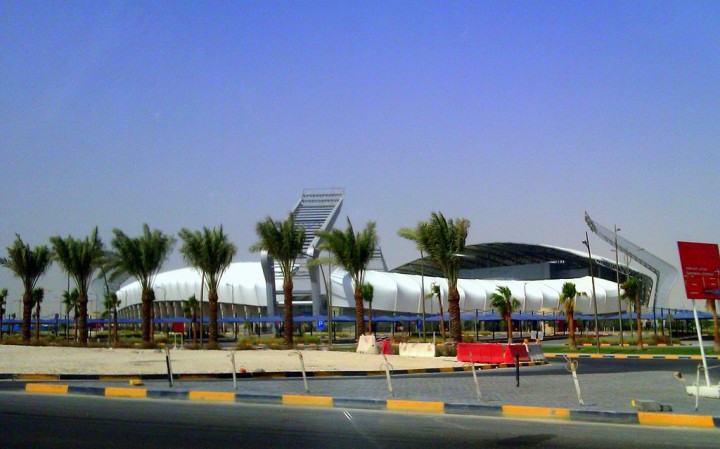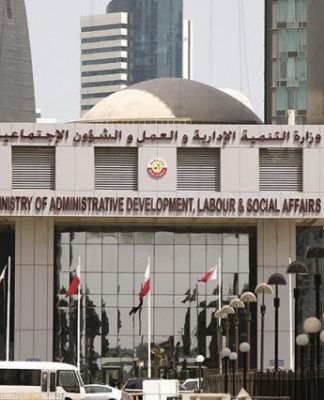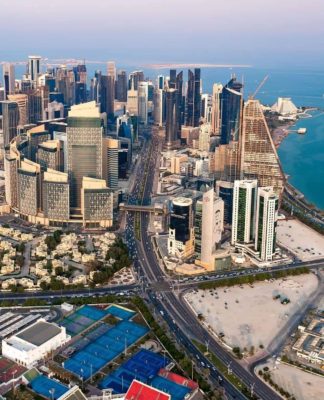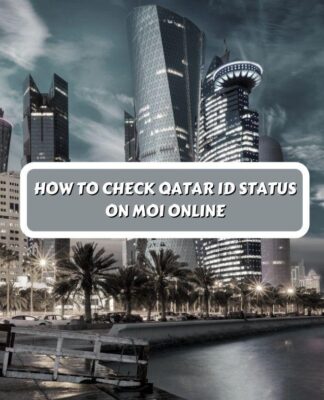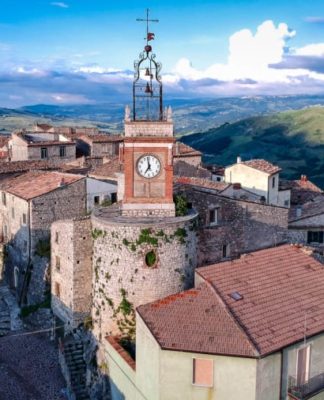Qatar, the richest country on the planet, is considered to be the lowest disaster risk country in the world. The country present in the Persian Gulf known for its Natural Gas production is not only the safest place in Middle East, but safest on the whole earth in regards with Natural Disasters.
According to Doha News, a new United Nations report claims that Qatar is the safest place on earth in terms of risks in Natural Disasters. Qatar is better than the other 170 countries round the world holding its position on 171th. Malta, Saudi Arabia, Brabados and Grenada are spotted above Qatar in the Natural disaster risk free countries as mentioned in the report. The Geographical location and level of developments makes Qatar lowest disaster risk free country.
Islands and countries with fragile infrastructure ranks the highest natural disaster risks, like Vanuatu taking the top spot, the Philippines holds third spot, Bangladesh on the fifth spot and Costa Rica on the eight spot.
According to United Nations University, University of Stuttgart calculated the world risk index and listed 171 countries in the list based on its risk from natural disaster like floods, cyclones and earthquakes. The world risk report clearly describes how the infrastructure developments affect the risks of natural disasters, published on August 25, 2016. With a simple example describes how the risks of natural disaster are governed by the infrastructure developments of a particular country. If a country is hit by a cyclone, good roadways will help the relief aid workers to access the affected areas. If the roads are destroyed, entire area affected will be away from relief aid.
Countries who concentrate on good infrastructure might face a lesser risk when compared to those with poor road qualities and improper designing of infrastructure. Good Roadways, Railways systems, Airports are some of the criteria for lessening the risks of natural disasters.
A renowned person Dr. Matthias Garschagen, scientific director of the world risk report clearly mentions the aspects on which the risk of natural disasters are considered.
He said “We need to look at both the opportunities and risks of critical infrastructure”, he also added “Sufficient and well-built infrastructure, such as high quality power and transportation networks, can limit the impacts that natural hazards can cause both in terms of loss of life and economic damage. At the same time, the breakdown of nodal points in infrastructure, such as airports or power plants, can also cause impacts that reach far beyond the actual extent of the hazard. The international community must increase investments into critical infrastructure before disaster strikes. We currently focus too much on short-term relief after disasters, and pay too little attention to ensuring that resilient infrastructure is in place before hazards occur.”













